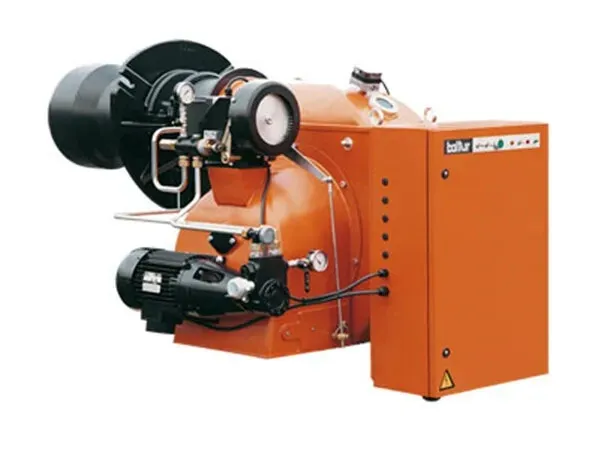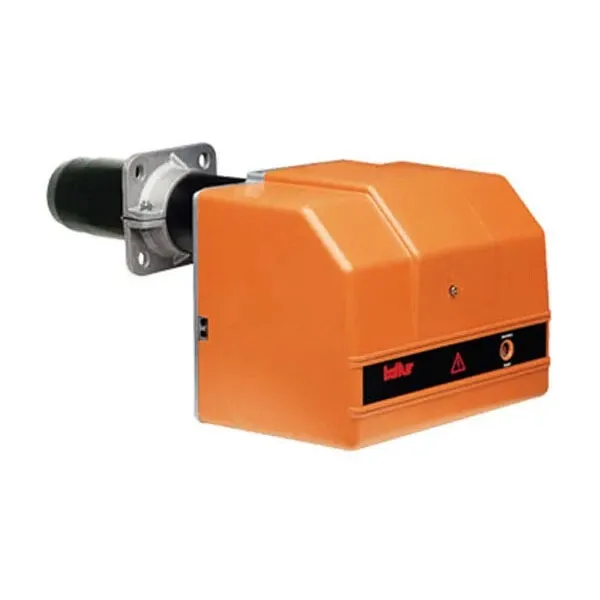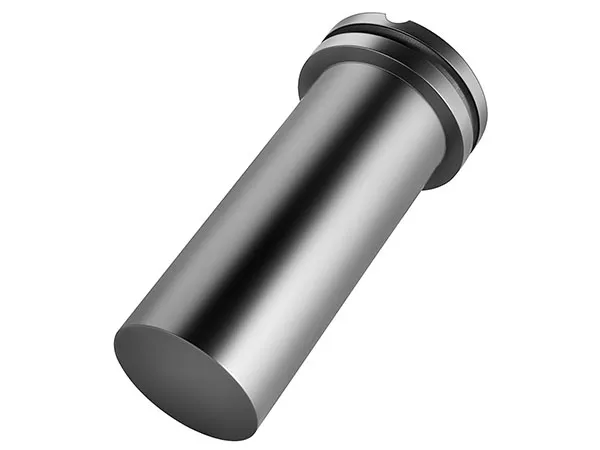How Industrial Propane Burner Automatic Control Systems Boost Efficiency and Safety
In today’s competitive industrial landscape, maximizing productivity while minimizing costs and risks is crucial. One often overlooked yet highly effective solution is the industrial propane burner automatic control system. By integrating intelligent automation into industrial heating processes, companies can achieve enhanced safety, energy savings, and operational efficiency. This article explores the key benefits and features of these systems, highlighting why they are essential for modern industrial operations.
What is an Industrial Propane Burner Automatic Control System?
An industrial propane burner automatic control system is a smart solution that combines sensors, controllers, and actuators to precisely manage the combustion process. Unlike traditional manual burners, these systems monitor temperature, pressure, and airflow in real time, adjusting fuel and air ratios to maintain optimal combustion conditions. This ensures consistent heat output, improves fuel efficiency, and reduces the risk of accidents.
Key Features That Drive Performance
1. Precise Temperature and Pressure Regulation
Maintaining stable temperature and pressure is essential for industrial processes like drying, curing, and heat treatment. Automatic control systems continuously adjust propane flow and air supply to maintain desired setpoints, ensuring consistent performance across every production cycle.
2. Advanced Safety Interlocks and Fault Detection
Safety is a top priority. Modern automated propane burners include multiple safety interlocks—flame detection, pressure shutdown, ignition failure protection, and ventilation monitoring. If a problem occurs, the system instantly shuts down and alerts operators. Advanced fault diagnostics also help maintenance teams identify issues quickly, minimizing downtime.
…
For more detailed information on the performance of automatic control systems for industrial propane burners, please click to visit:https://www.sxburner.com/a/news/automatic-control-characteristics-of-industrial-propane-burners.html









